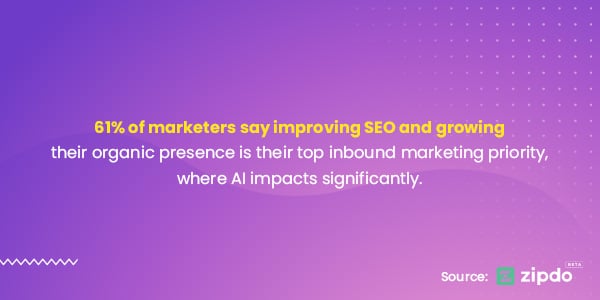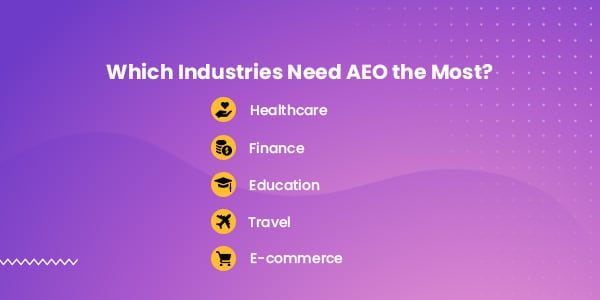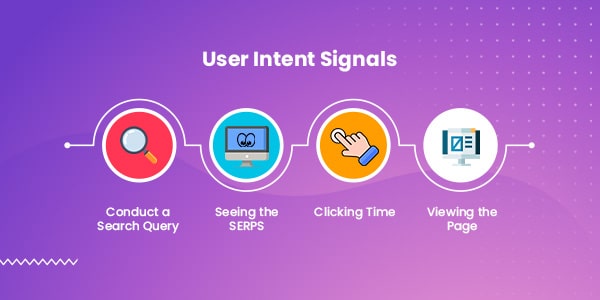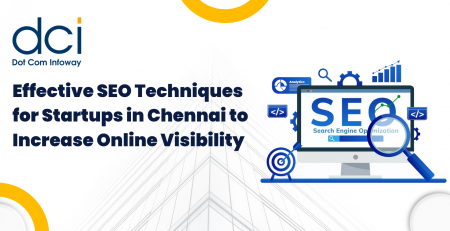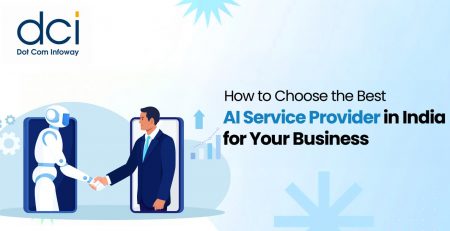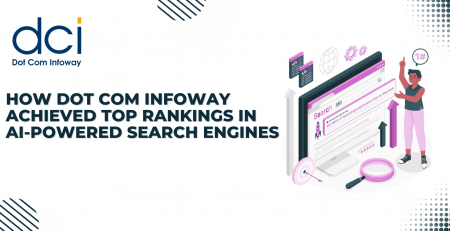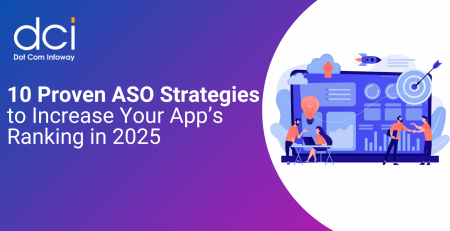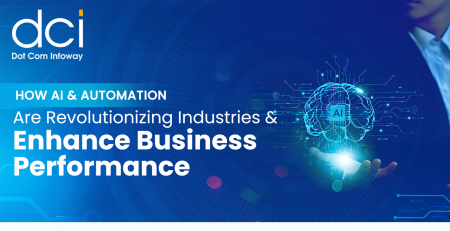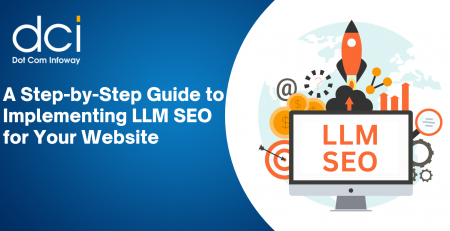Answer Engine Optimization: The Next Meta Frontier of SEO
Answer engine optimization (AEO) is a fast-growing subset of search engine optimization (SEO) focused on optimizing content to directly answer user questions. Unlike traditional SEO which targets keywords, AEO specifically optimizes to rank content in search engine answer boxes and featured snippets. Any digital marketing agency can readily observe the rise of voice searches and virtual assistants. As such, optimizing for answers rather than just rankings has become crucial.
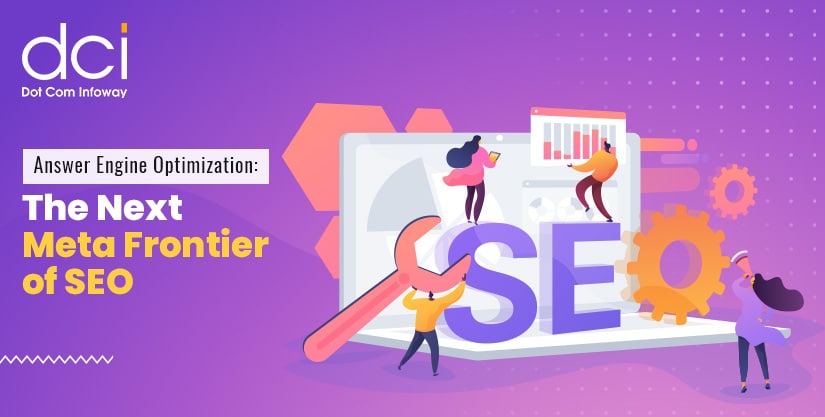
The goal of AEO is to anticipate and comprehensively respond to consumer questions so that brands appear prominently when users search for informational queries. Driving visibility in this prime search real estate requires dedicated AEO strategies that provide accurate and concise resolutions precisely tailored to implicit user intent.
AEO vs SEO: Distinguishing Two Vital Digital Marketing Strategies
Search engine optimization (SEO) and answer engine optimization (AEO) are two strategies leveraged by digital marketing agencies and SEO experts to improve visibility and user experience.
Even though both are related, there are fundamental differences between AEO and SEO in areas like goals, content formats, and keyword targeting that are important to understand.
When developing an effective digital marketing strategy, the future of SEO will likely involve a combined approach of AEO and SEO.
- AEO focuses on optimizing content specifically to appear in featured snippets and knowledge panels, providing direct answers to user questions. The goal of AEO in digital marketing is to deliver concise responses to queries.
- SEO has a broader scope, seeking to improve overall organic search traffic and rankings across a wider variety of keywords and content formats like blogs, images, and videos.
The difference between AEO vs SEO comes down to their strategies fitting different user intent signals. AEO targets long-tail, question-based searches where the user’s goal is to find a specific answer.
An SEO strategy for AEO content will be optimized to match those explicit informational queries. SEO also encompasses short-tail, navigational searches where the user aims to reach a certain website quickly. Developing an effective SEO strategy requires optimizing content across both types of user intent signals.
As Google search optimization continues evolving to better understand and meet user needs, both AEO and SEO will remain essential elements of a comprehensive digital marketing approach.
Although distinct in some regards, AEO and SEO have considerable overlap when it comes to the underlying principles of creating valuable content and experiences centered around the user.
Digital marketing agencies that leverage the strengths of both AEO and SEO will have an advantage when it comes to organic visibility and search engine friendliness in the future.
Understanding User Intent: The Key to AEO
As search engines continue providing direct answers to queries through features like featured snippets and knowledge panels, optimizing content to align with user intent will only grow in importance. The rise of AI integration poses new complexities, but also opportunities.
Evolving Search Dynamics
Paragraph on current search dynamics. The prominence of featured snippets demonstrates the priority search engines now give to understanding and addressing implicit user intent.
As AI answer generation becomes more advanced, the search will shift even further beyond traditional results pages.
This evolution means that precision in optimizing for user intent will only become more vital for visibility and traffic. Currently, featured snippets at least allow for some reverse engineering of what content search engines think meets user needs for given queries.
However, AI integration will compile answers from multiple sources, making this analysis more complex.
Implications for Web Content
Paragraph on implications for content creators. With AI answering user questions directly rather than showing results pages to browse, web content must completely align with query intent to have any chance of contributing to generated answers. The likelihood of users clicking through to underlying pages will drastically diminish.
Important Takeaways
- Analyzing current featured snippets can still provide useful insight into content gaps around topics that align with search intent
- Forward-looking content strategy should focus squarely on comprehensively answering user informational needs and questions
- Precision and relevance in addressing implicit user intent will only grow as a ranking factor
- With conversational interfaces on the rise, developing content as if responding directly to user queries is wise
The path forward lies in directly and precisely addressing the informational needs behind user search queries and information-seeking behaviors. As search engines get better at understanding questions to provide answers, content creators must strive to as well.
Which Industries Can Get More Benefit From Answer Engine Optimization?
-
Healthcare
Patients often search question-based queries about symptoms, conditions, and treatments. Direct answers via featured snippets can provide diagnostics info, telehealth options. Example: “What does it mean if my lymph nodes are swollen?”
-
Finance
People search many finance-related questions from budgets to taxes. Featured snippets that provide definitions or personal finance advice can draw clicks. Example: “Can I file my own taxes for free?”
-
Education
Students/parents search questions on admissions, tuition, majors. Featured answers help inform decisions. Example: “What SAT score do I need for Yale University?”
-
Travel
Travelers search question-based queries on booking, navigation, reviews. Answers in featured snippets help guide planning. Example: “How many days should I spend in Paris?”
- Ecommerce
Shoppers often search for product-related questions. Succinct answers can provide guidance to drive purchases. Example: “What is the best laptop under $500?”

Looking Forward to Navigate the Future of SEO with AEO?
With our proven strategies, we boost your website’s visibility, elevate its ranking, and secure prominent positions in Search Engine Results Pages (SERPs).
Incorporating AEO Into Your SEO Strategy
1. Conducting Effective Topic Research
While AEO and SEO strategies have key differences, many standard SEO research tactics still apply when optimizing content to rank for featured snippets and knowledge panels.
Analyzing search console data, leveraging keyword research tools, and surveying consumer questions around a topic are solid starting points for identifying relevant answering opportunities.
Consider drilling down on long-tail informational queries where users demonstrate an explicit need to find a specific answer. Comparing your existing content against question data can reveal gaps to address. Overall, thoughtful topic research through an answer engine optimization lens sets the foundation.
2. Implementing Relevant Structured Data
Adding structured data like FAQ schema, how-to schemas, and Q&A schemas helps content meet the technical criteria for ranking in many featured snippets and knowledge panels.
While recent data shows declines in featured snippets, structured data remains vital for visibility in other rich result formats.
The specifics will evolve over time, but technically optimizing pages to signal relevance as answers to questions will continue gaining importance.
4. Accounting For Query Intent Nuance
Not all question searches carry the same intent signals. Precise, short-tail queries often indicate a specific user goal of finding one clear answer. But lengthier, broad questions demonstrate a more varied intent with multiple potential responses.
Answer engine optimization content must align with the query purpose, providing comprehensive coverage for broad questions while offering concise specifics for narrow ones.
Study search results pages for insight into the forms of content favored for different intent levels. Then tailor the approach accordingly based on the ultimate goal driving the user’s query.
4. Building Topical Authority Holistically
Gaining recognition as an authority within search algorithms requires building a breadth of in-depth content around a concept, not just targeting keywords.
Establish topic resonance by creating a wide range of content and interlinking internally around subtopics.
Sites displaying mastery of all aspects of an area, from basic definitions to nuanced discussions, stand the best chance of ranking as authoritative answers for associated queries.
The Way Forward
Future SEO lies in Answer Engine Optimization (AEO). This fundamentally involves optimizing content to directly answer user questions and appear in featured snippets and knowledge panels.
As search engines continue advancing to meet implicit user intent, businesses must evolve SEO strategies to provide specific solutions rather than general keyword targeting.
Creating high-quality content that comprehensively resolves consumer queries will only grow more crucial. Though risks like declining clicks exist, the visibility benefits of ranking for featured answers outweighs potential downsides.
In an increasingly competitive market, brands failing to prioritize concise, accurate responses risk losing visibility as user questions take center stage. Ultimately, the path forward requires embracing answer engine optimization as a core component of SEO.

